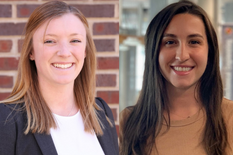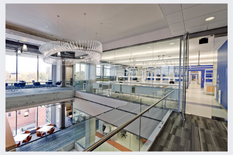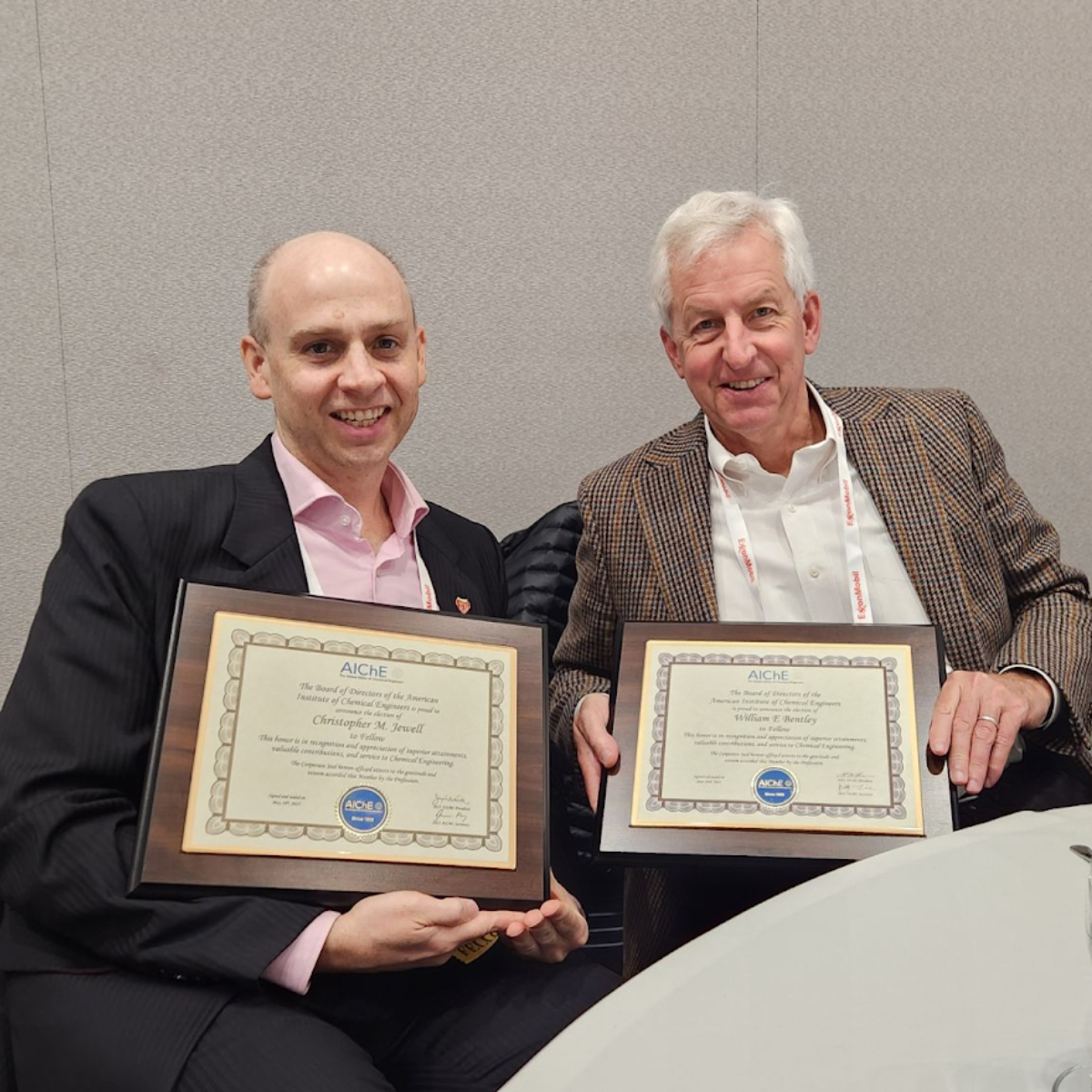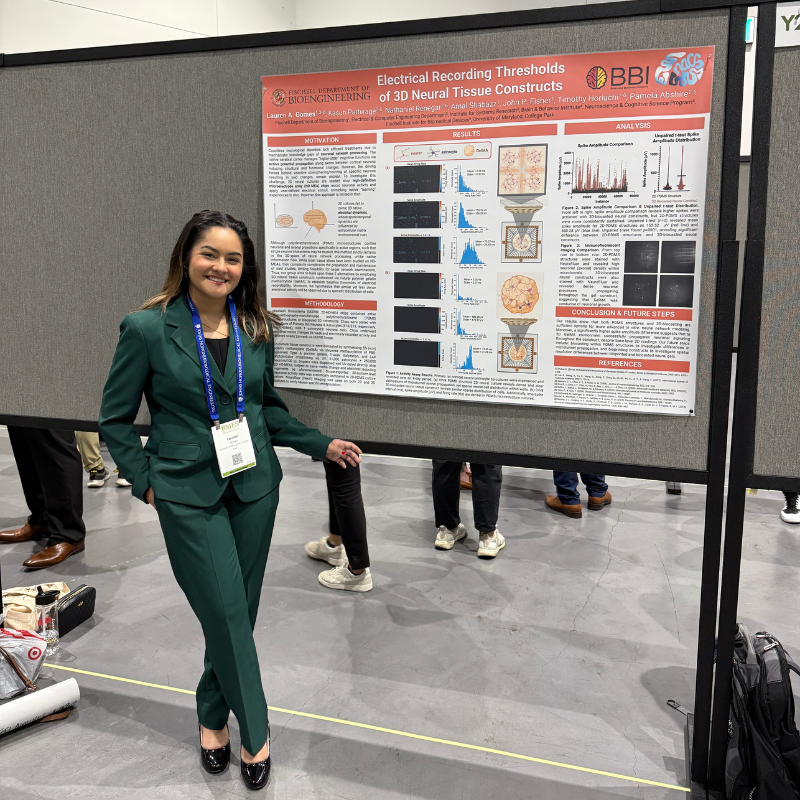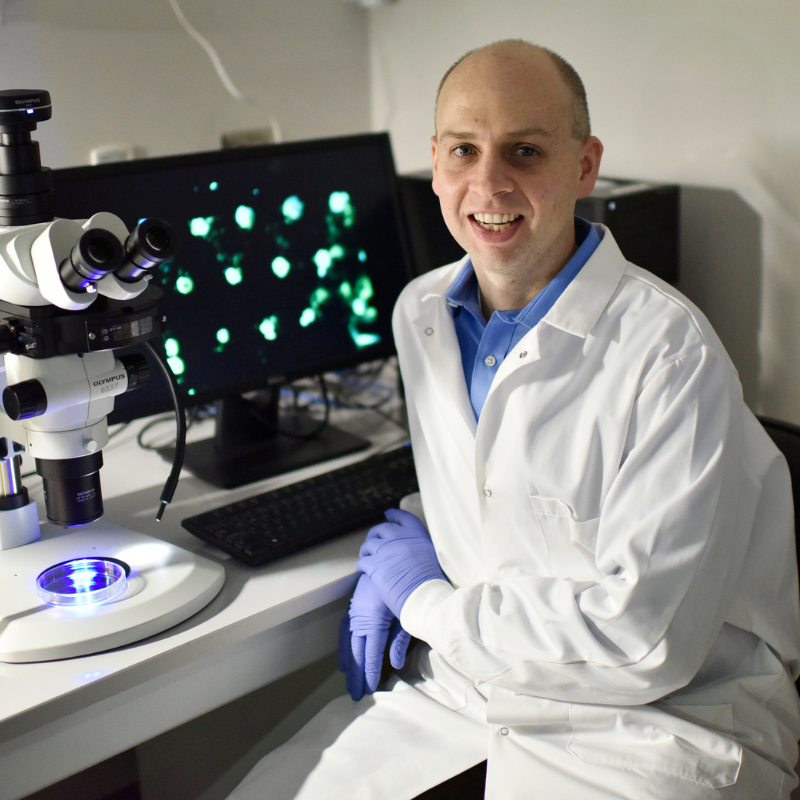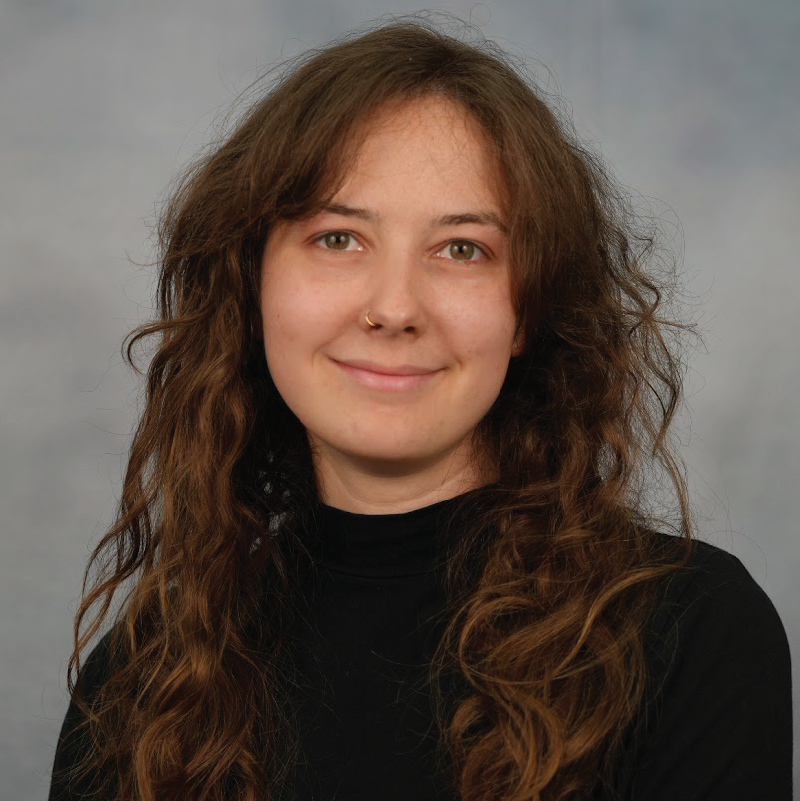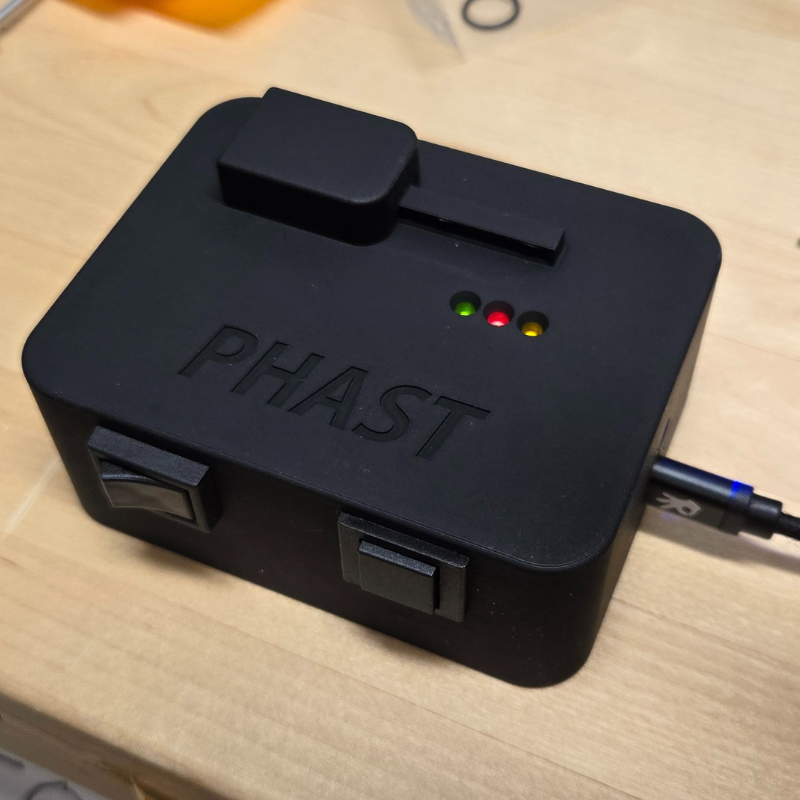News Story
Bioengineering Ph.D. Student Named to Aviation Week’s 20 Twenties
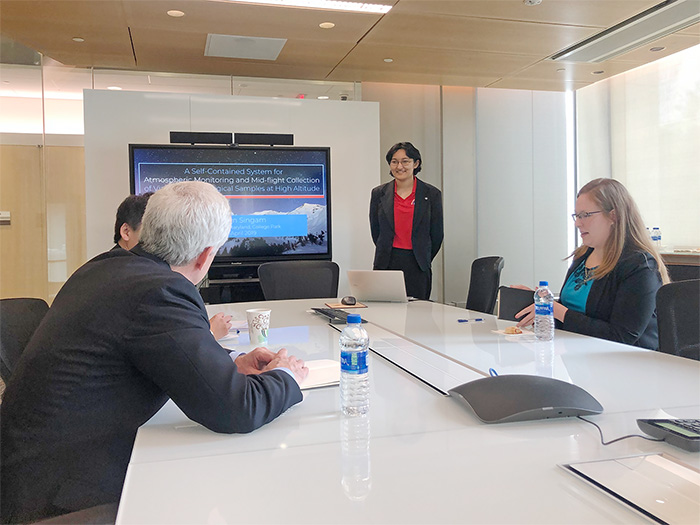
Caitlyn Singam (red shirt) presents her research to members of the Fischell Institute
University of Maryland Ph.D. student Caitlyn Singam (B.S. ‘20 biological sciences, M.S. ‘21 systems engineering) was named one of 20 graduate students in the world who are likely to change the face of the aerospace and defense industry, according to Aviation Week Network.
What’s more – she’s a bioengineer.
Earlier this month, Aviation Week – in collaboration with Accenture and Hexcel – named Singam to the prestigious 20 Twenties Award class of 2022. Launched in 2013, the program has received nominations from 149 different colleges and universities worldwide. Singam is just one of two 2022 inductees pursuing a graduate degree in a non-aerospace engineering discipline; the other is a mechanical engineer.
“When I applied to the 20 Twenties program, I thought it would be really cool to represent the bioengineering side of things,” Singam said. “So many people say, ‘Oh, aerospace should just stay aerospace.’ Even when you look at job advertisements for astrobiology positions, so many of them specify that they want aerospace engineers, even though what they really need is someone with biology expertise. When I got the announcement [that I was named to the 20 Twenties list], I was in shock. It’s so exciting to represent bioengineering and to say, ‘Hey, we’re doing important things here!’”
Scientific collaborations are something that Singam has been passionate about for years – in large part, because of her equal love for biology, medicine, and space. As an undergraduate studying biological sciences, Singam grew fascinated by bacteria populations that make their way to the Earth’s upper atmosphere. Further, she recognized that scientists knew very little about how these “high-flying bacteria” might impact our weather and climate on Earth.
That’s when Singam decided to take matters into her own hands. She designed and built a low-cost, self-contained system to collect microbiological samples present at high altitudes, using what are commonly known as weather balloons. In the process, she also coined the term “aetherophiles” to describe the bacteria that reside in the upper atmosphere. Her efforts earned her third place in the 2019 American Institute of Aeronautics and Astronautics (AIAA) Region I Student Conference – an unlikely achievement for a then-19-year-old life sciences student.
Building on this momentum, Singam went on to intern at NASA before taking on a role as a systems engineer on the NASA Drangonfly mass spectrometer instrument, part of a mission to set an aircraft on the Saturnian moon Titan for the purposes of studying prebiotic chemistry and the moon’s potential habitability for astrobiological life.
Before enrolling in the UMD Fischell Department of Bioengineering Ph.D. program, Singam earned her M.S. in systems engineering. Her master’s thesis – which landed her both the “Best Paper” award at the 16th International Conference Space Operations and a 2021 A. James Clark School of Engineering Dean’s Research Award – focused on signal routing optimization for disruption-tolerant networks. Put simply, Singam aimed to develop a new approach to identifying the best path – or paths – for information to be sent through a noisy network in order to maximize the likelihood that transmitted messages would be received intact and on time by the intended recipient. As part of her research, she compared her methodology against other “gold standard” approaches advocated for by major space agencies.
Hers proved more efficient.
Now, Singam aims to dig deeper into the data transmission problem, recognizing that it’s not just a challenge that torments scientists who deal with space, but also, a hindrance that affects human health care on Earth.
“One of the main problems we have in space is that there is a limited amount of time to send data back to Earth, and there’s only so much data that can be sent within the transmission period we’ve got,” she explained. “Believe it or not, we face that same type of problem with biomedical devices. If a patient, for example, wears a Holter monitor to detect irregular heartbeats, there’s a lot of data the device can collect, but you can only send so much data back [to the doctor] in real time.”
In the patient’s case, a medical expert can later comb through the data to identify potential concerns. When it comes to dealing with data transfers from space, that option often doesn’t exist.
“As you go further and further out into space, it’s just not possible to have humans review all the data you’re transmitting,” Singam said. “You actually wind up having to throw out data. And, as you might expect, scientists get nervous about that because there is data that just never makes it back to Earth.”
The current approach for data transmission from space is more or less randomized, Singam said. Scientists wind up sending samples of a larger “whole” of data collected in space, which means there is always a risk that the next big scientific discovery might get tossed out by chance.
Recognizing this, Singam is working to develop a technique that uses statistical methods to identify anomalies in data, allowing data to be prioritized. The ultimate dream is that, one day, this data “prioritization” process could be carried out autonomously in order to eliminate transmission bottlenecks. Even more, this process would ensure that the most anomalous and noteworthy data gets transmitted first.
To advance her research, Singam is working with William E. Bentley, BIOE Distinguished University Professor and director of the Robert E. Fischell Institute for Biomedical Devices. Bentley isn’t a space guru. But, he and members of his Biomolecular and Metabolic Engineering Lab specialize in engineering communication circuits between bacterial strains to coordinate their behaviors. In the same year that Singam won her AIAA Region I award, Bentley and his lab published a Nature Communications paper outlining their efforts to develop an autonomous system for cell-cell communication. Bentley and his group proved their technique could be used to one day tap engineered, “smart” bacteria to work together to carry out new functions, such as for applications in drug delivery, water decontamination, or fermentation processes.
In this way, Singam and Bentley are a creative duo tackling related challenges spanning the widest scale imaginable: from the cellular world to the vast expanse of space. Their work, however, demonstrates how once seemingly unrelated fields – such as those of biology, aerospace, and device development – overlap for the betterment of science at large.
“Caitlyn exemplifies the pivotal role biology is poised to play in the future of aerospace as a vehicle for scientific exploration, furthering human spaceflight, and extending the reaches of human understanding,” Bentley said.
Singam feels strongly that interdisciplinary research is critical for scientific advancement – so much so that she serves as director of the International Council on Systems Engineering (INCOSE) Systems, Science, Technology, Engineering, Arts, and Mathematics (SySTEAM) Initiative, an international volunteer program to promote interdisciplinary engineering competencies in classrooms around the world at all levels of education. In this role, Singam works with a wide variety of STEAM leaders, educators, and students to promote the importance of interdisciplinary skills in education, and to close the gender gap in STEM while increasing economic and racial diversity in engineering.
The now third-year Ph.D. student attributes her success to all that the University of Maryland has had to offer, especially the guidance and support she’s received from Bentley. Borrowing on Newton's turn of phrase, she said that “if [she has] seen further, it is by standing on the shoulders of the giants who have graced [her] education.”
Singam will be recognized alongside fellow inductees into the 2022 class of 20 Twenties on Nov. 3 in Washington, D.C., during an awards luncheon and, later that same day, the Aviation Week Network’s 65th Annual Laureate Awards celebration.
Aviation Week Network is the largest multimedia information and services provider for the global aviation, aerospace, and defense industries, serving 1.2 million professionals around the world, according to a recent press release.
Published August 24, 2022
